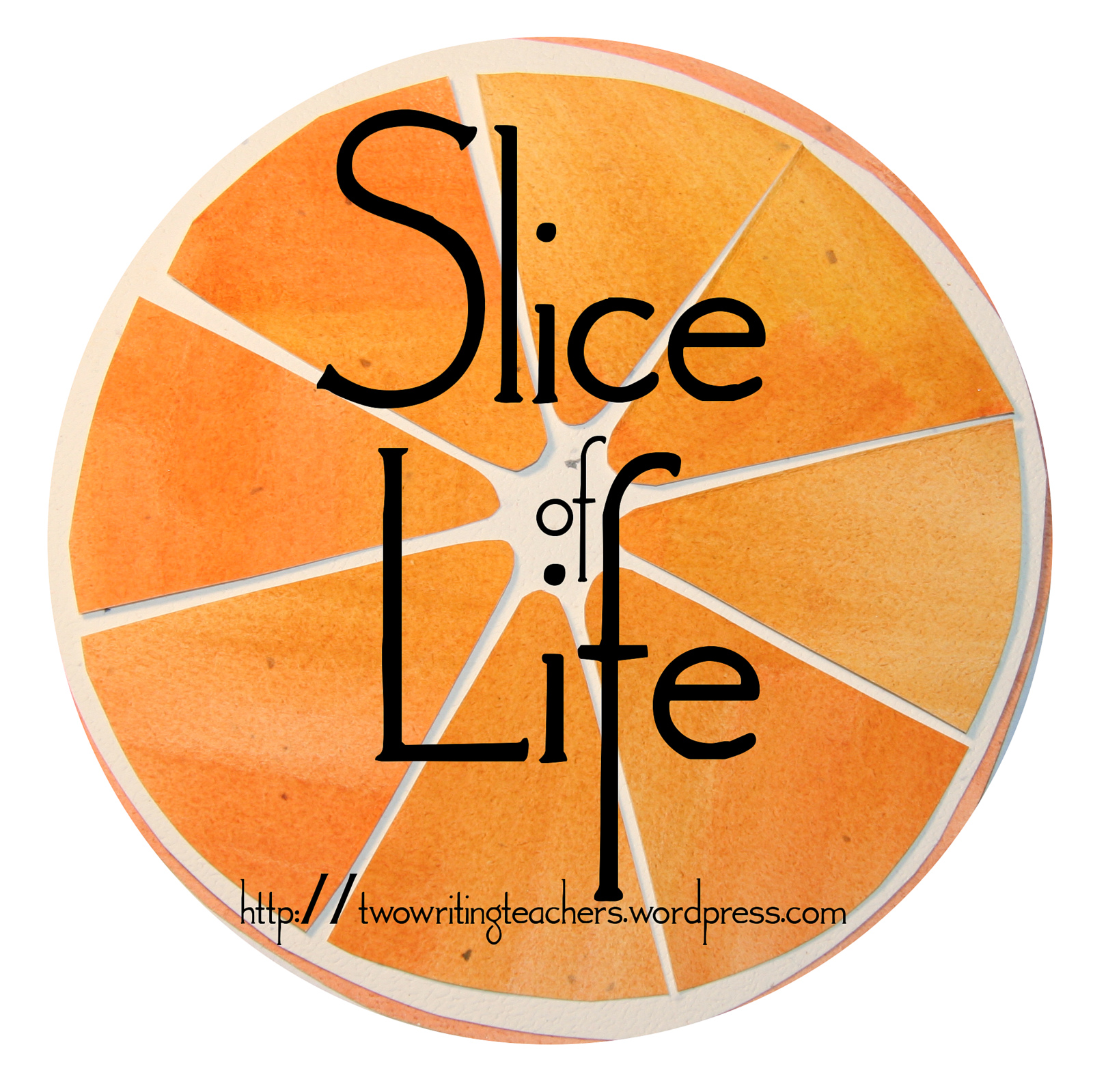Slice of Life Challenge, Day 31
I'm taking some time to reflect on empathy this morning. I stumbled across David Theune's request for stories of empathy on Twitter not long ago. After reading Emily Bazelon's Sticks and Stones, Theune couldn't stop asking the question: "What can I do to help promote empathy?" And so he put out a request for others to share their stories about the power of empathy in hopes of compiling them in a book. His request has me recalling an unplanned lesson from a couple of years ago.Every semester my tenth grade students and I read Eli Wiesel's Holocaust memoir Night. As we discuss the memoir, we also read poetry, news articles, and personal essays from those impacted by the atrocities of war. Our purpose is to understand the complexities of humanity, to understand where our humanity comes from and how it can be lost. And each semester we are fortunate enough to have a local Holocaust survivor come into our classroom to share his story of surviving not one but three death camps. His harrowing personal tale, told with such grace and strength, never fails to move all those who hear it.
 |
| My students heard Mr. Herskovitz speak again in October 2013 |
| Michael Herskovitz |
The students split themselves into committees. They planned, prepared, and presented an idea to our principal. The students staged a series of "What Would You Do?" scenarios around the school and filmed student reactions. The students wrote the scenes, planned the filming, informed the teaching staff, and filmed three scenes in which students were being bullied in the hallways between classes. We didn't quite know what to expect.
What we learned is that students would step in and speak up when they saw classmate's being bullied. My students interviewed those students who intervened, some breaking down in tears when they were asked what prompted them to speak up. And my students used the footage of scenes and interviews to put together a short documentary for our school television station. The students shared reflections from their reading, from hearing Mr. Herskovitz, from what they learned about our school community, and what it means to be a bystander and what it takes to stand up. At the foundation of all they had learned - empathy. Following the project, some of my students started a school chapter of the Anti-Defamation League and our school has since been designated as a "No Place for Hate" school. And two years after meeting Mr. Herskovitz and reading Night, the club and the lessons we learned continue to be shared.
What the students learned from this experience continues to influence our school community in the conversations we have about personal responsibility, about humanity, about the bystander effect, and most of all in how we think about empathy. It was not part of my planned lesson. I could not have planned for the learning that took place over the course of those few weeks. I am so thankful to work in a district and with a community of educators who value these unplanned learning opportunities, who understand that teachers have as much to learn from students as students do from teachers, and who value they lessons that cannot be easily measured by a rubric or standardized test. In five years, my students likely will not remember a single test they took in my class. However, I can guess that many of them will recall this experience in five years. And I know that it was a classroom experience that will forever impact how I think about learning and teaching.



















